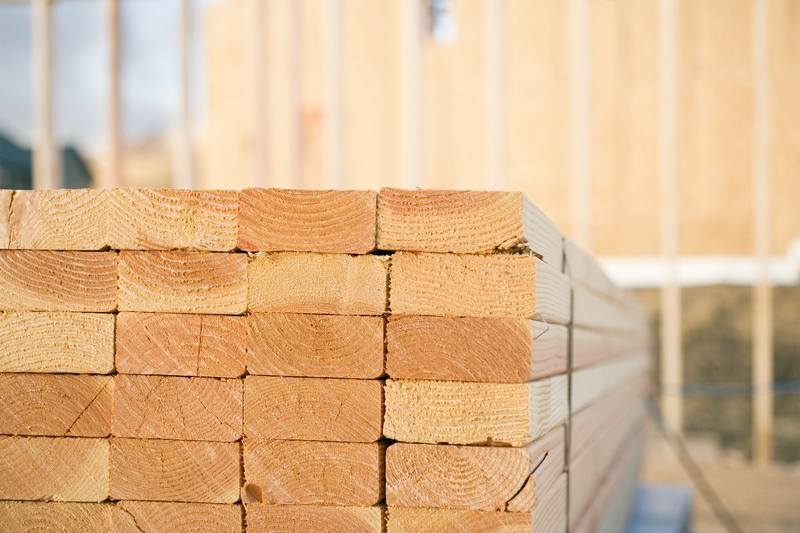
It’s encouraging to know that even seemingly small actions, such as recycling or composting our waste, can have a positive impact on the environment. But if we want to make as much of a positive impact as possible on the earth, it’s important to think big. This can be interpreted literally when it comes to building.
Whether you’re building a new home, improving an existing one or constructing a simple storage shed, green building practices can go a long way toward protecting our ecosystem. But when most people think about green building, they think about building techniques that save energy and water. Such techniques are wonderful, but it’s also important to consider the building materials you use and their effects on the environment.
Building with eco-friendly building materials is easier and less expensive than you might think. Here’s a rundown of some of the green materials that you can use.
• Lumber – Lumber is obtained from trees, and that in itself is detrimental to the environment. Standard logging practices and treatment methods make lumber even less environmentally friendly. If you plan to use lumber in your building, consider using leftovers from construction sites, or lumber that is repurposed from previous projects. You may also purchase lumber that has been cured without the usual harmful chemicals from some suppliers.
• Concrete – The manufacture of concrete is notoriously bad for the environment, because it uses lots of energy and contributes heavily to the greenhouse gas problem. But some concrete producers have pioneered new techniques that lower energy consumption and use materials that emit less carbon dioxide. Look for concrete from manufacturers that have made a commitment to helping the environment.
• Roofing materials – Asphalt shingles are among the cheapest roofing materials available, but they’re also bad for the environment. They cannot be recycled, and they do a poor job of insulating your home, leading to higher energy usage. Metal roofs are more expensive but do a better job of insulating, last much longer and are recyclable. Slate is also very environmentally friendly and lasts many years, but it is very expensive.
• Flooring materials – Flooring may be one of the easiest building materials to go green on due to the many green options available today. Even carpet, which was once full of harmful chemicals, is now produced with sustainable materials and processes. Other green options include reclaimed hardwood, recycled tile and bamboo.
• Bricks – The clay bricks that have been used in building for so many years are heated with natural gas, which uses lots of carbon. But a process was recently developed that allows bricks to be made out of waste from coal-burning power plants, known as fly ash. This is good for the environment because it helps eliminate mercury from the environment and requires no heating.
Green building materials are less harmful to the environment than other materials, and many of them can help you save money on your energy bill. When you plan your project, consider using natural and sustainable materials as much as possible. If that’s not an option, look for materials that are produced in an environmentally friendly manner.

